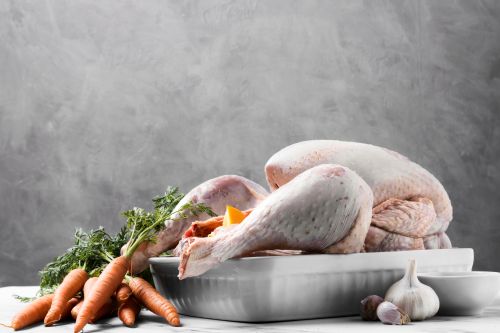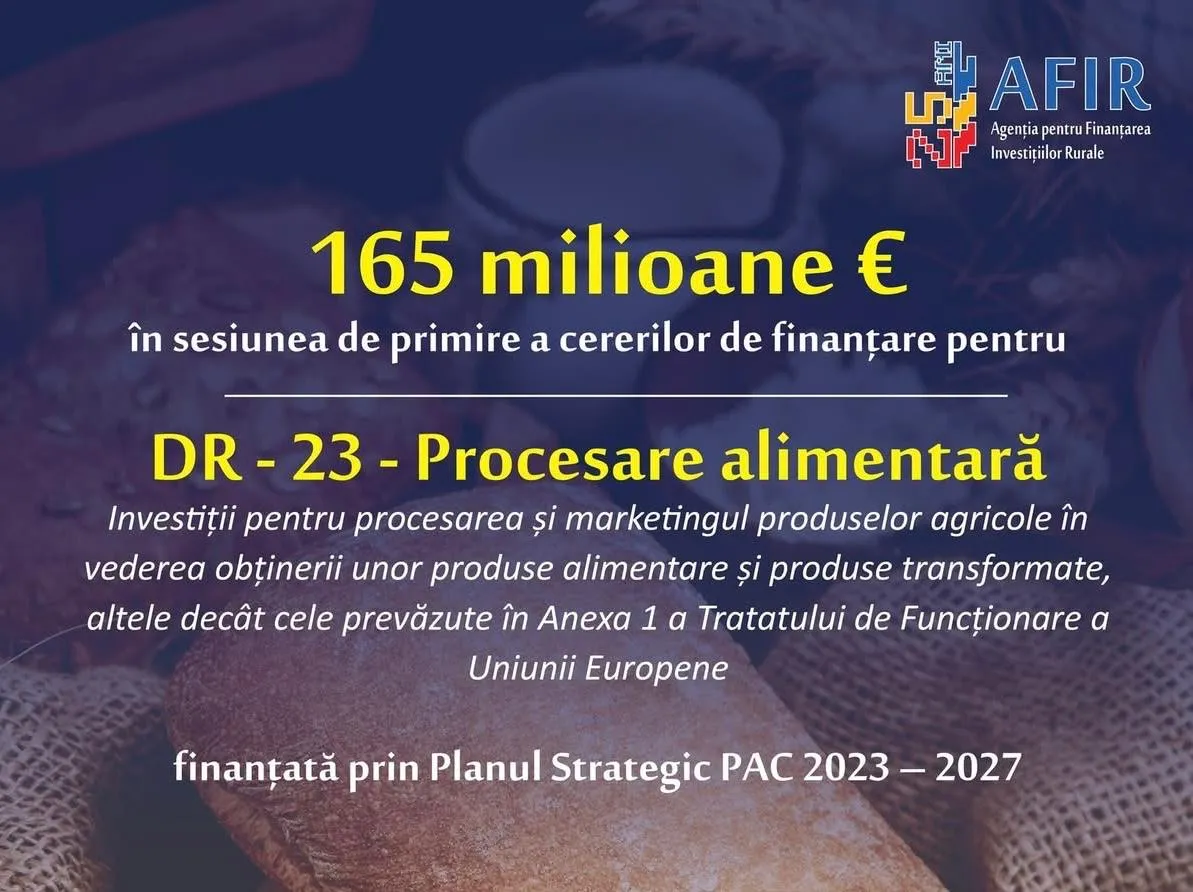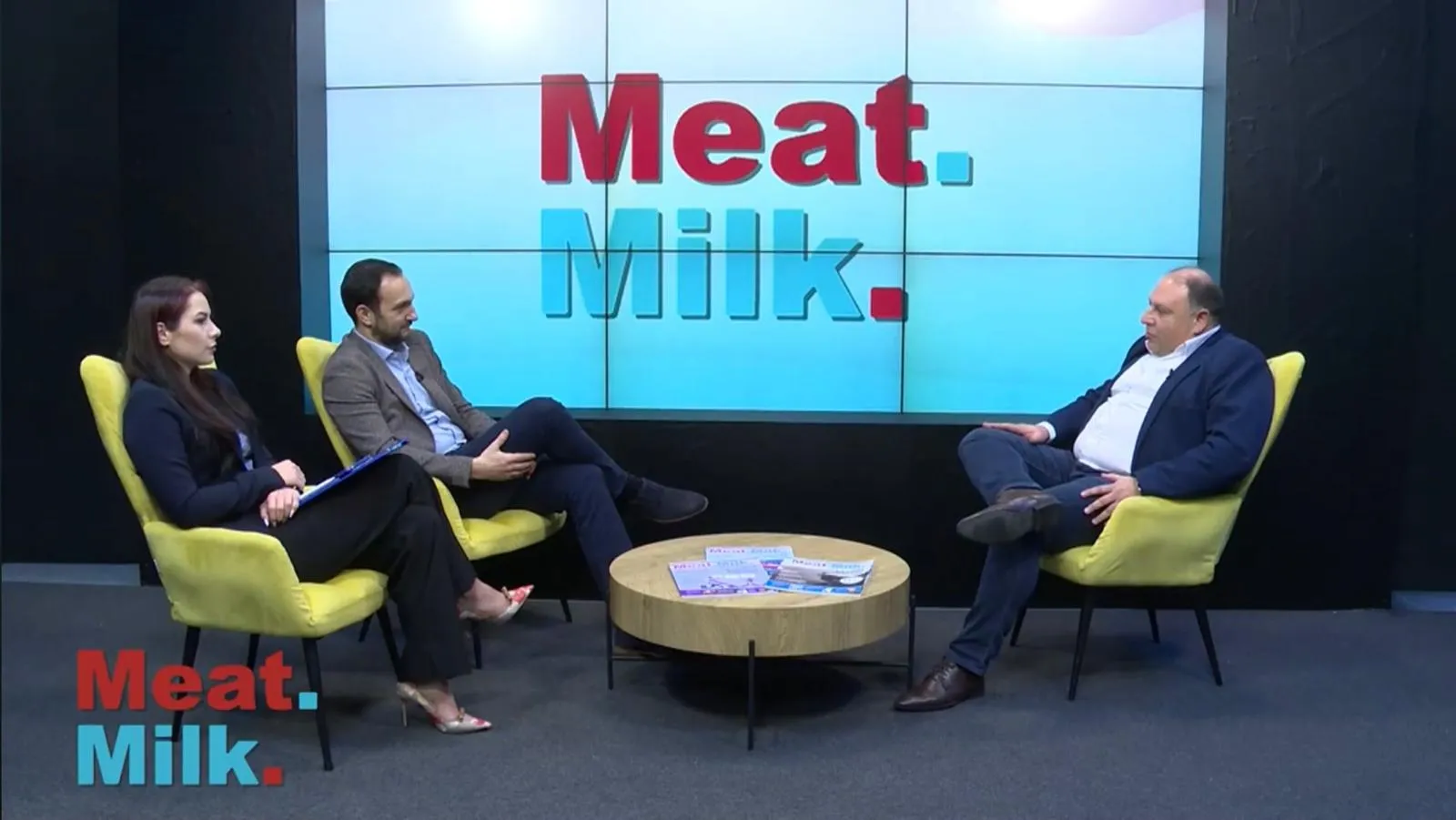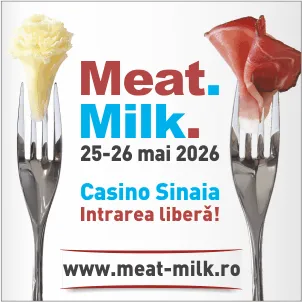
Romania remains one of the leading poultry producers in Central and Eastern Europe, with an annual output exceeding 650,000 tonnes in 2024, according to data from the National Institute of Statistics (INS). Around 85% of domestic demand is met by local production, making poultry one of the most stable segments of the Romanian agri-food industry.
Eurostat data show that the average annual poultry meat consumption in Romania is 34 kg per capita—above the EU average of 27 kg. Chicken remains the preferred choice due to its affordability, ease of preparation, and healthy image. However, production costs have risen significantly in the past two years, driven by higher feed and energy prices.
The Romanian poultry industry exports over 120,000 tonnes of meat annually, with Bulgaria, Greece, and Germany as key trading partners. Nevertheless, exports are occasionally affected by veterinary restrictions imposed by ANSVSA and by fluctuations in international prices.
To stay competitive, Romanian producers are increasingly investing in low-emission farming systems, automated processing lines, and animal welfare certifications. The “clean label” trend is also gaining momentum, with products free of additives and featuring clear information on origin.
In light of the EU’s new sustainability and traceability requirements, integrated farms are expected to have a competitive edge. Over the longer term, the consolidation of cooperatives and investment in modern slaughterhouses could strengthen supply chain stability.
Romania has the potential to become a regional hub for high-quality poultry production—provided it continues aligning with European standards and maintains transparent communication with consumers on food quality and safety.
(Photo: Freepik)





